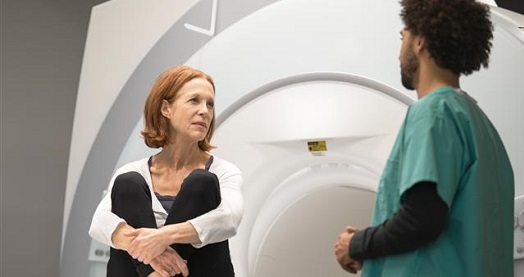By Debbie Field, lead for Xerox Healthcare Public Relations and Communications
Doctors and insurance companies have a particular way of communicating, through strings of letters and numbers that make up medical codes. These codes inform insurers why you saw the doctor and guide accurate billing and payment. A revision of these codes, known as ICD-10, will go into effect on Thursday, October 1.
While it may seem like this is only relevant to the medical community, it will actually impact the healthcare experience you and I have on a regular basis. To help understand how, I spoke to Erik Newlin, vice president of California Medicaid Management Information System (CA-MMIS) and compliance at Xerox.

Q: Why do we need to upgrade to ICD-10?
A: ICD-9 is over 30 years old. The system has not kept pace with medical advances, and it is making life difficult for many patients. It isn’t compatible with many new hospital database technologies, many of the codes are outdated, and several newly discovered medical conditions don’t have their own codes and are instead grouped with broader conditions. Think of it this way: Would you use a computer or a cellphone that is 30 years old?
Q: I know you understand this challenge from personal experience. Can you share more details?
A: My 10-year old son was born with a rare condition called semilobar middle hemisphere. He uses a wheelchair designed to help him maintain an upright position for an hour a day, so he can stretch out and prevent serious hip problems.
He recently outgrew his first device and needed a new, larger one. However, semilobar middle hemisphere doesn’t have its own code in ICD-9 and is classified under cerebral palsy, a condition that requires different treatment protocols.
Since the equipment my son needed isn’t required by cerebral palsy patients, we received an automatic denial by the ICD-9 codes. We had to maneuver through a series of administrative hoops via correspondence with nearly a dozen insurance employees in an attempt to sort through the situation. In the end, I ended up paying for the wheelchair out of my own pocket, but not everyone is in a position to do the same when facing issues like this.
Q: How will the patient experience improve under ICD-10?
A: ICD-10 has about five times as many codes as ICD-9, including an appropriate code for my son’s condition. The new codes under ICD-10 are much more specific in describing a diagnosis and treatment plan. While you might be hearing about how this makes life more difficult for healthcare providers and insurance companies, it is good news for patients.
Your doctor and insurance company will have a more detailed and accurate conversation about your care, which will not only improve the accuracy of statements and bills you receive, but also improve health safety and outcomes.
Q: So what will happen when the “switch flips” on October 1?
A: As with any major technological implementation, bumps will occur in the first weeks or even months. All HIPAA covered entities are required to transition to ICD-10 on October 1 – meaning every healthcare provider and payer across the country will start speaking to each other in a new language on the same day. We know that all cylinders won’t be firing on Day One.
There have been many different approaches to ICD-10 readiness, and some organizations are confident they are ready. With even the best laid plans, I imagine some patients will feel the growing pains – for example, an inaccurate code during the prior authorization process might delay the scheduling of a needed medical procedure. However, I feel strongly that the long-term benefits will outweigh the short-term pain.
Subscribe to this blog and receive email updates when we publish a new article.



